This time we traveled to Pingdong, which was my first time visiting this county. Usually, we just passed by without stopping. After reading an article about chocolate made in Taiwan and its high rankings in world chocolate competitions, I became intrigued and wanted to see cocoa farms. Even my husband had no idea that cocoa was grown in Taiwan.
We randomly went to a cocoa farm we found, but it was closed. Luckily, we met someone at a nearby coffee shop who informed us that we needed to make a reservation before visiting. Surprisingly, there was no such information available online, not even a phone number to contact. The coffee shop owner helped us find the phone number, but unfortunately, no one answered. In the end, we could only walk around and observe the cocoa trees from behind the fence.
We decided to search for another place nearby. However, when we arrived at the address we found, there was nothing there! We approached a local resident and asked about the cocoa plantation, but they had no knowledge of cocoa growing in the area. After conversing for a while, the resident introduced us to the town leader, who happened to own a cocoa farm himself. We discovered that his cocoa had won world championships. He kindly invited us to visit his farm, where he showed us around and shared insights about cocoa cultivation and processing. We even had the opportunity to taste fresh cocoa beans and some that were already fermented and cooked with sweet syrup. I also bought a small cocoa tree and a cocoa fruit. I'm excited to try planting my own cocoa tree from the seed and experiment with fermenting cocoa beans to make my own chocolate. I hope to succeed in my chocolate-making journey, and I'll provide updates in the future.
See also: Kenting National Park
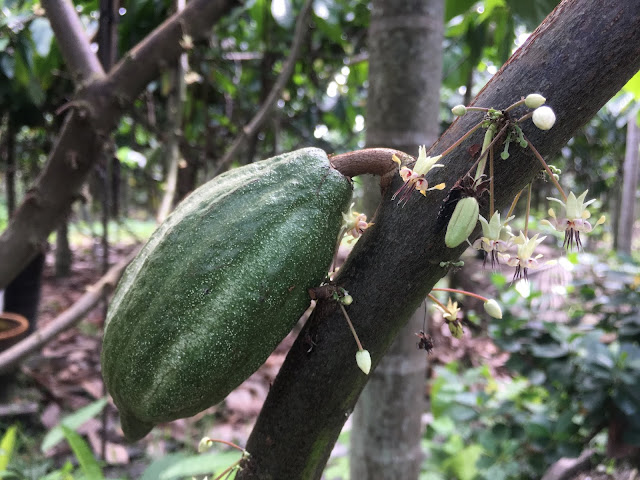

Cocoa in Taiwan
Cocoa growing in Taiwan has an interesting history. The first cocoa beans were introduced to Asia by Spanish colonizers who brought them to the Philippines. During the Japanese occupation of Taiwan, there was at least one cocoa company cultivating cocoa on the island. However, after the recovery of the island, cocoa plantations were replaced by other crops at the end of World War II. The cocoa farms we see in Taiwan today are relatively young, with the first trees planted less than 20 years ago.
In October 2010, Qiu Mingaong organized a conference for the Cocoa Industry to launch the Taiwan Chocolate Overture. Due to the aging population, he aimed to attract young people back to their hometowns using chocolate. Modern cuisine gradually replaced the betel nut industry. It took three years to find cocoa seedlings and successfully plant them. Qiu's daughter invested in research and development of chocolate. Since 2014, they have also opened cocoa training courses for making chocolate and cocoa products, handmade soaps, tea bags, fragrances, and more to create a complete cocoa industry chain.
Cocoa trees thrive in hot and rainy environments with temperatures between 20 to 30℃ and an annual rainfall of 1,250mm. These conditions allow cocoa trees to grow vigorously. After the fruit ripens, it should not be exposed to too much sunshine as it can cause water reduction and the fruit to turn black. Cocoa trees are often planted in the shade of betel palms, and over time, cocoa plantations are gradually replacing betel nut plantations. The cocoa beans planted in Pingdong are almost pesticide-free. The quality is carefully controlled from planting, transportation, fermentation, to chocolate production.
According to the county government, there are more than 200 hectares of cocoa plantations in Pingdong, with over 100 cocoa farmers. Most of them are located in Hakka Townships like Neipu. Additionally, Pingdong boasts 28 chocolate brands. The chocolate made from Pingdong cocoa has won eight gold medals in the World Chocolate Contest over two years, which has put Taiwan's chocolate on the international stage. In 2018, the 6th ICA Asia-Pacific competition was held in Taiwan for the first time. Taiwanese cocoa farmers achieved 7 gold, 11 silver, and 6 bronze awards, earning them a spot in the world competition.
See also: Kenting National Forest Recreation Area
Chocolate Production Process
Harvesting
After the cocoa fruit has ripened, it is ready to be harvested. Using a wooden stick or knife, the ripe cocoa pods are cut open from the middle, revealing the soft and sticky white pulp. The rind covering the pulp is used to make chocolate cocoa strings.
Fermentation
The next key step is to remove the string of cocoa beans from the pods and place them in a fermentation barrel. They are then covered with banana leaves and left to naturally ferment for five to seven days. During fermentation, distinct aromas of bread, alcohol distillation, and alcohol are released. The white gelatinous pulp decomposes, draining as a liquid. After fermentation is complete, the cocoa beans acquire a slightly dry, slightly burnt appearance, and their color changes to reddish-brown.
Drying
After fermentation, the cocoa beans are dried either naturally under sunlight or using artificial dryers. The drying temperature should not exceed 65℃, and the beans should be regularly turned to ensure uniform drying. The process is complete when the moisture content of the beans has dropped from 60% to about 7.5%. Once dried, the beans can be packaged and stored.
Roasting
Common drying methods include manual frying and the use of baking machines. Roasting helps reduce the bitterness by reducing the organic acids generated during fermentation. When roasted at high temperatures, the Maillard reaction occurs, resulting in the development of unique aroma and color in the chocolate.
Peeling
After roasting, the cocoa beans are rapidly cooled and crushed along the grooves using a roller grinding machine. Subsequently, they go through a vibration blow dryer and screening machine to separate the shell debris from the crushed nuts.
Mixing
To create a unique flavor profile and balance costs, each chocolate manufacturer carries out the most suitable mixing based on the variety, origin, and price of the cocoa beans. This mixing ratio is often an exclusive formula of each manufacturer.
Grinding
Cocoa pods contain approximately 55% cocoa butter. During the grinding process, the cells are destroyed, and the cocoa butter flows out of the surface. The cocoa butter melts into a viscous, oily liquid with fine non-butter particles suspended in it, forming a fluid paste known as cocoa mass or cocoa liquor.
Refining
Refining is a crucial step in determining the quality of chocolate products. Depending on the chocolate recipe, sugar and milk are added to the cocoa paste. The refining process removes volatile components and any burnt smell. The materials continue to interact with the air, allowing the tannin components to solidify and develop the desired aroma and flavor of chocolate. The smoothness of the chocolate is also an important criterion for judging its quality, with chocolate cream particles ideally measuring up to 15 microns in size.
Shaping
The final stage of processing involves taking the temperature-adjusted chocolate and injecting it into molds. Vibration machines are used to remove any small bubbles that may form during the filling process. The chocolate is then cooled, removed from the molds, and packaged.
See also: Chuhuo Eternal Fire



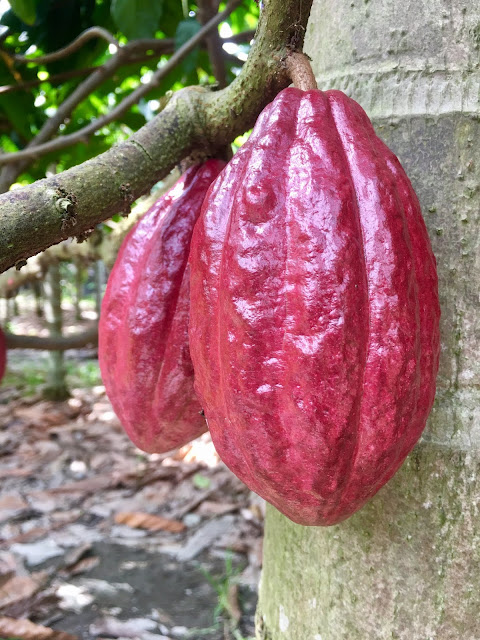


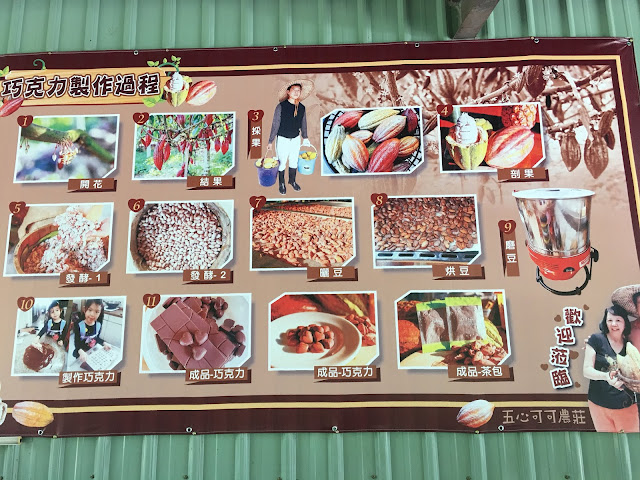



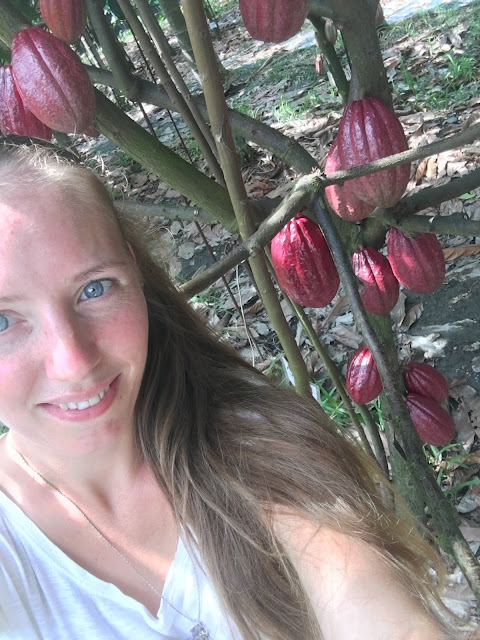
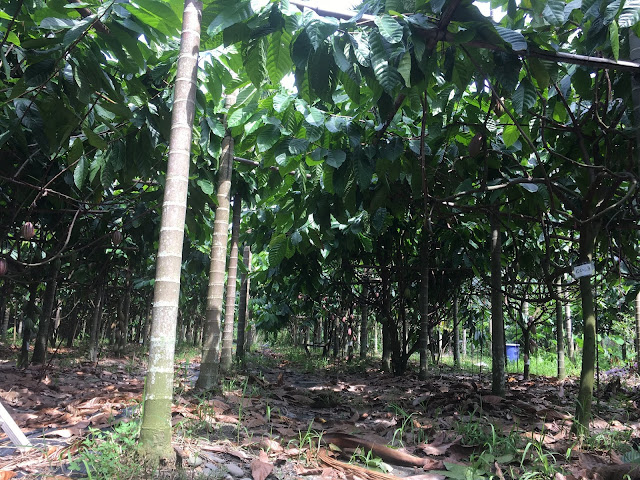






0 komentarze:
Post a Comment